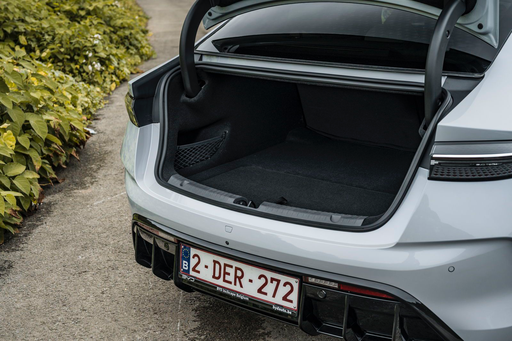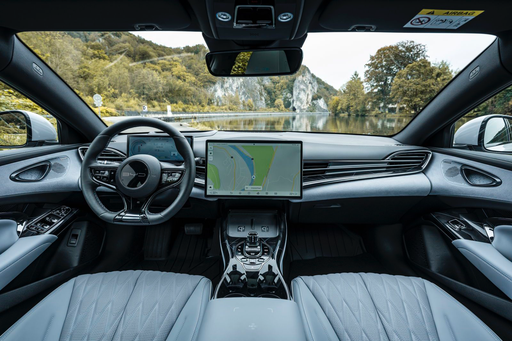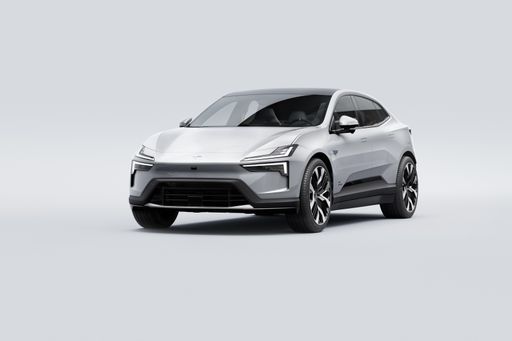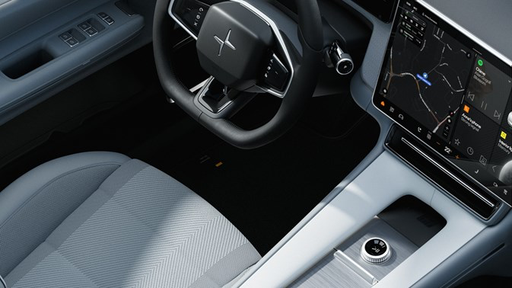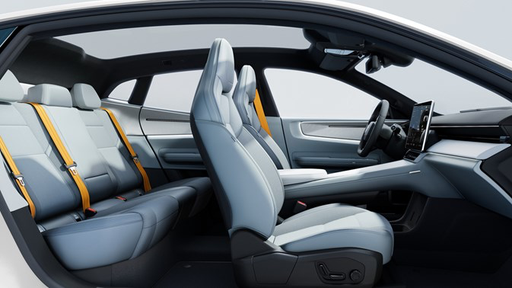BYD Seal vs Polestar 4: A Battle of Electric Innovations
The electric vehicle market is buzzing with excitement as two formidable contenders, the BYD Seal and Polestar 4, make their presence felt. Both vehicles cater to the growing demand for sustainable transportation while showcasing impressive technology and performance. In this comparison, we will delve into the technical aspects, innovations, and unique features that set these two electric vehicles apart.




